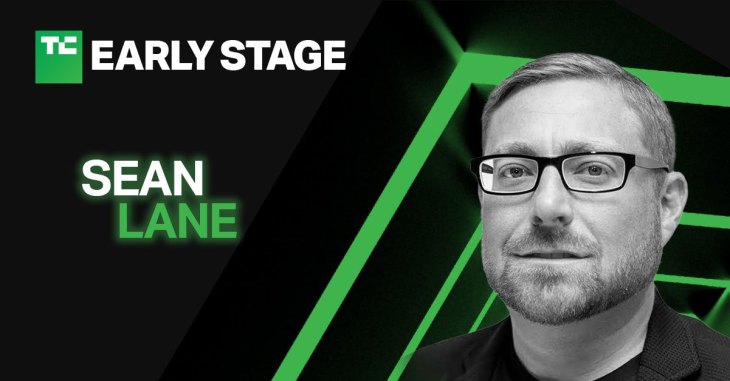A few years ago, founder Sean Lane thought he’d achieved product-market fit.
Speaking to attendees at TechCrunch’s Early Stage virtual event, Lane said Queue, a secure digital check-in tablet for hospital waiting rooms that reduced wait times by uniting and correcting electronic medical records, was “selling like hotcakes.” But once Lane realized it would only ever address one piece of a much bigger market opportunity, he sold off the product, laid off two-thirds of the people affiliated with it and redirected the employees who were left.
Lane explained that what he really wanted to build is what his company — since renamed Olive — has now become, a robotic process automation (RPA) company that takes on hospital workers’ most tedious tasks so nurses and physicians can spend more time with patients.
Customers seem to like it. According to Lane, more than 600 hospitals use the service to assist employees with tasks like prior authorizations and patient verifications.
Investors clearly approve of what Olive is selling, too: Last year, the company raised three rounds of funding totaling roughly $380 million and valuing the company at $1.5 billion. According to Crunchbase, it’s raised a total of $456 million altogether.
In fact, VCs think so much of Lane that in February, they invested $50 million in another company that Lane runs simultaneously called Circulo, a startup that describes itself as building the “Medicaid insurance company of the future.”
Still, the path from point A to B was painful, and it might not have happened if Lane didn’t have a few things going for him, including a deeply personal reason to build something that could have greater impact on the U.S. healthcare system.
Indeed, Lane, a former U.S. Air Force intelligence officer who served five combat tours in Iraq and Afghanistan, says he came to appreciate how broken healthcare is in the U.S. when family and friends back in the poor Ohio county where he grew up were dying of opioid overdoses while he was deployed overseas.
Baffled, he put his intelligence background to use, eventually determining that much of the growing crisis was tied to the fact that hospitals’ lack of shared data allowed individuals to visit multiple emergency rooms to fill opioid prescriptions.
His first step toward solving the problem was Queue, but the more impactful offering is what Olive sells today. Lane acknowledged that killing off a successful product didn’t go over well with everyone, particularly the people who’d built it and whose job it was to sell it.
It wasn’t the company’s first zig or zag, either. On the path to building Olive, Lane says they developed and abandoned roughly 27 products over the years. “We would go all in on a product and we’d build it and put blood, sweat and tears into it, and then I would kill it, and we’d move on to the next thing.”
Many employees lost their jobs in the rebuilding process. Most dramatically, two-thirds of the 120 people who built Queue were laid off to preserve cash, says Lane, and many others “questioned that decision,” viewing Olive as a “sinking ship.”
Lane credits his military experience in part for allowing him to stay focused. “One thing that the military actually did really well, officers, you know, they’d be stationed somewhere for like two years, and then you would relinquish command to someone else and go to another place. And that that constant movement was actually really good for the organization.”
In short, Lane says he didn’t spend a lot of time worrying about whether he could find the right team to rebuild Olive.
He also had supportive investors in Drive Capital, founded by former Sequoia Capital partners Mark Kvamme and Chris Olson, who were accustomed to making big bets. “The right investors are going to be supportive of not building something small. It just depends on who you decide to take money from. But the investors that we had brought around us were focused on building something important and something big; they weren’t interested in something that wasn’t consequential.”
As for when he knew — after so much tinkering — that he’d finally struck on the right product, he told Early Stage attendees that it was obvious.
“If you have product-market fit, [your product] flies off the shelf. It is pulled off the shelf by the consumer. The unit economics are right — meaning you’re gonna pay back your [customer acquisition cost] in 12 months or less. You’re going to have retention rates of 120%.”
Added Lane, “Once you’ve figured all that out, and once you’ve seen it, it’ll be unmistakable. If you don’t think you have it, you probably don’t have it.”
